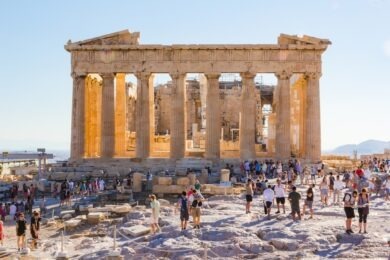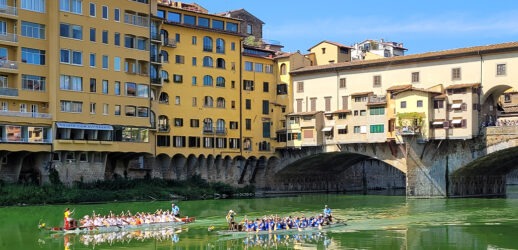Looking into the desires of incentive travel attendees
The term “incentive travel” is full of positive associations: Taking a trip abroad, creating memories with favored colleagues or exploring a culture you never would have otherwise. Not only does this have a positive effect on attendees individually but it creates stronger relationships and a more enjoyable and productive work environment.
SITE Foundation recently released a study, “Participant inSITEs,” in collaboration with Hilton Hotels and IMEX Group, that takes a deep dive into how attendees feel about incentive trips and what makes them desire them in the first place. This insightful study, which consisted of 825 participants, featured responses from North America, Europe, Latin America, Asia Pacific and Africa/Middle East, from different business sectors, including food services, insurance, travel and hospitality and pharmaceutical.
Communication
It’s tough to keep employees privy to incentive opportunities if they don’t know they exist. It turns out, most employees are kept abreast of incentive trip possibilities, but at varying frequencies. Just over 35% of respondents reported receiving communication about incentive travel programs on a monthly basis. Just under 30% reported communication being weekly and roughly 20% said they receive communication every few months.
Most reported they’re content with the frequency in which they receive communication, with 62% saying they’d be okay if the frequency went unchanged, while 32% said they would like communication to occur more often. A small percentage—6%—reported they would favor less communication.
Read More: IRF Highlighted the Humanity in the ‘Incentiverse’
The study shows that the more frequent the communication, the more likely participants are to be positively impacted by the news, and with that, their desire to qualify for incentive trips increases. More than 80% of participants who receive communications multiple times per week reported feeling “extremely positive” or “somewhat positive,” even weekly communications received an “extremely positive” or “somewhat positive” report from more than 80% of respondents, although it leaned more “somewhat positive.”
It’s also worth noting that the response to “extremely negative” sentiments regarding communication—while low, at around 4%—was highest among those who received communication multiple times per week.
To Motivate or Demotivate
Beyond the larger theme of incentive travel itself, there must be motivations behind why employees want to earn incentive travel as a reward. Among most regions, excluding Asia/Pacific, the No. 1 most motivating factor is “trip destination,” felt most strongly by Africa/Middle East and America. For Asia/Pacific, the top ranking factor is “trip activities”; trip destination came in second. Trip activities ranked second among Africa/Middle East and Europe.
North American respondents ranked “intangible benefits” as No. 2. Latin America ranked “encouragement from spouse” as No. 2.
As for motivation in general, 86% of respondents reported being motivated to qualify for incentive travel programs and more than half said they were “extremely motivated” to qualify. It’s notable that extreme motivation varied markedly among regions, with extremely motivated respondents coming mostly from Africa/Middle East (67%) and North America (62%). Extreme motivation was felt less among respondents in Latin America (39%) and Europe (38%).
Group Travel and Free Time
Travel rewards are the No. 1 preferred choice over other types of rewards among more than 70% of respondents. Just over 60% of respondents said they preferred the option to choose their reward over having a travel reward.
Fifty-five percent of the total surveyed say they prefer group travel over individual travel. Where this preference differed individually is with Europe and Latin America, countries which responded that they prefer individual travel rewards over group rewards, 49% and 46%, respectively.
Read More: Smart Chat: SITE’s Annette Gregg on Incentive Travel and Leadership
As for where groups would like to go, international destinations ranked No. 1 among four of the five regions, Europe being the exception, which prioritizes the “culturally unique” above all. Overall, “sunny/beach destinations” ranked No. 2, although individually, this ranked No. 2 with Europe, No. 3 with North America and Latin America, and No. 4 with Africa/Middle East and Asia/Pacific.
When finally at destination attendees value free time and time with their spouse most of all. The activity ranked No. 3, immersive cultural activity, is ranked significantly lower in regard to desirability, indicating just how important the first two are across all regions.
When asked to rank how important certain intangible benefits of incentive travel are to them, “cherished memories” and “quality time with spouse” took the top spots for all regions. For Asia Pacific and Latin America, “exposure to new destinations and cultures” took the No. 2 spot.




